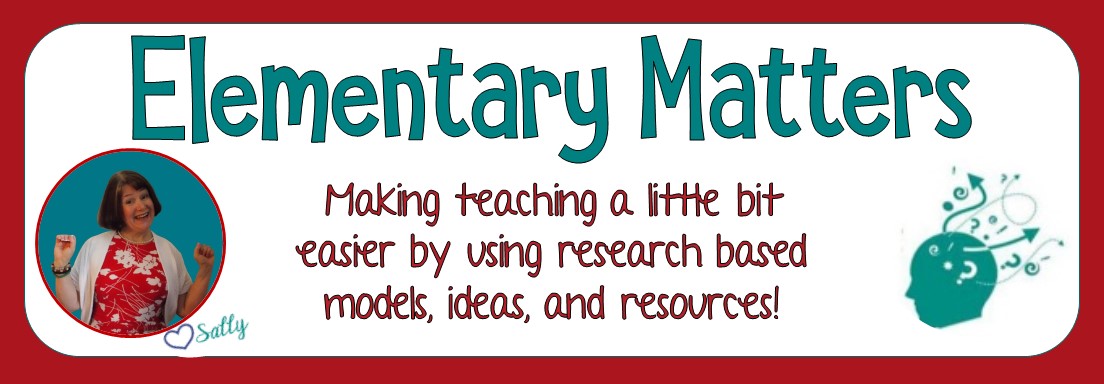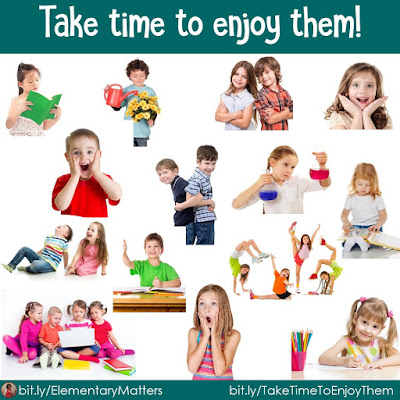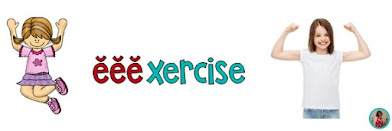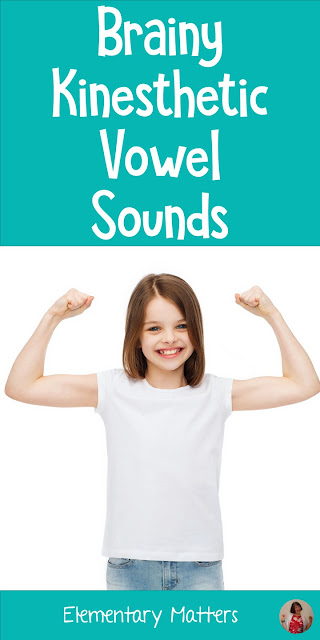Teaching can be crazy busy!
In fact, it's easy to get discouraged by all the extra meetings and expectations for teachers these days.
Here's my best advice:
If you're anything like me, the kids are the reason you went into teaching to begin with. It wasn't to go to meetings. It wasn't to analyze test data. It wasn't to impress the administration. It was the kids.
It's always been about the kids.
Once in a while, I have a "game day."
I kind of sneak it in, pretending it's a reward for being good, but it's really giving them a way to appreciate the skills they have learned and my way of enjoying the kiddos.
As I'm sure you're aware, most board games practice many academic skills and social skills the children need to work on: counting, reading, taking turns, listening to directions, showing kindness, and plenty more! I have a few favorites I'd like to share with you.
On a typical game day, I'll have a number of stations for the children, including a "work with teacher" station. That's when I pull out "Apples to Apples." (Explore image to see game at Amazon. It's an affiliate link. Don't worry, it doesn't cost you a thing. Promise!)
Apples to Apples brings in important skills such as reading, categorizing, and respecting another's opinion. (If you know the game, the "judge's" opinion is law!)
Another reason I love this? It always includes loads of giggles! (I'll never forget the time one of my little guys put down the "my teacher" card for the category, "ugly." I knew something was up when he couldn't stop laughing as he put down the card... he promised me it wasn't really true!) We all had a good laugh over that one!
Here are a few more recommendations: (These images also affiliate links to Amazon, I promise it doesn't cost you a thing!)
A couple of games are great for practicing specific math skills. Yahtzee is a classic, plus it's addicting, so they'll play it again and again!
There are a gazillion games that can be played with a regular deck of playing cards! I often give the children a deck of their own as a gift, or I'll buy a bunch for the whole class to share.
I'm sure you know plenty of card games to teach the kiddos, and you don't, make some up! Even just putting the cards in order is great for those little minds developing Number sense!
Here's a game I absolutely LOVE. I didn't make it up, I found it on Shelley Gray's blog. It's called Salute. (That's NOT an affiliate link, it's just a link to Shelley's blog.)
The children work in groups of three. Two of the children place a card on their forehead, facing out so that everyone can see it but them. (The move is almost like a "salute," hence the name.)
The third person, whom I call the captain, tells the other two the sum of their 2 cards. Then they figure out what their own card is. (It's like missing addends, isn't it?)
Salute can also be played to practice multiplication skills. The "captain" tells the product of the two cards, otherwise, it works the same way!






























